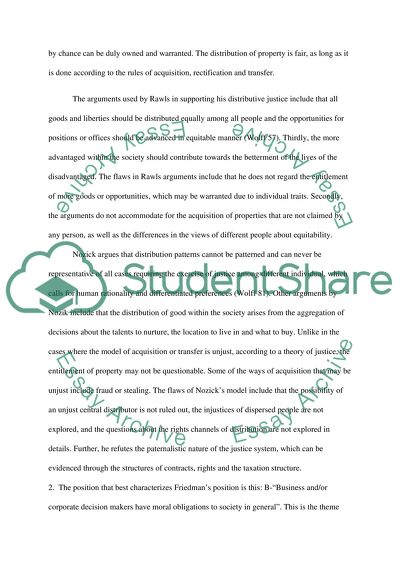Cite this document
(“Distributive justice, position of John Rawls,Robert Nozick, Milton Essay”, n.d.)
Distributive justice, position of John Rawls,Robert Nozick, Milton Essay. Retrieved from https://studentshare.org/philosophy/1498144-distributive-justice-position-of-john-rawlsrobert
Distributive justice, position of John Rawls,Robert Nozick, Milton Essay. Retrieved from https://studentshare.org/philosophy/1498144-distributive-justice-position-of-john-rawlsrobert
(Distributive Justice, Position of John Rawls,Robert Nozick, Milton Essay)
Distributive Justice, Position of John Rawls,Robert Nozick, Milton Essay. https://studentshare.org/philosophy/1498144-distributive-justice-position-of-john-rawlsrobert.
Distributive Justice, Position of John Rawls,Robert Nozick, Milton Essay. https://studentshare.org/philosophy/1498144-distributive-justice-position-of-john-rawlsrobert.
“Distributive Justice, Position of John Rawls,Robert Nozick, Milton Essay”, n.d. https://studentshare.org/philosophy/1498144-distributive-justice-position-of-john-rawlsrobert.


